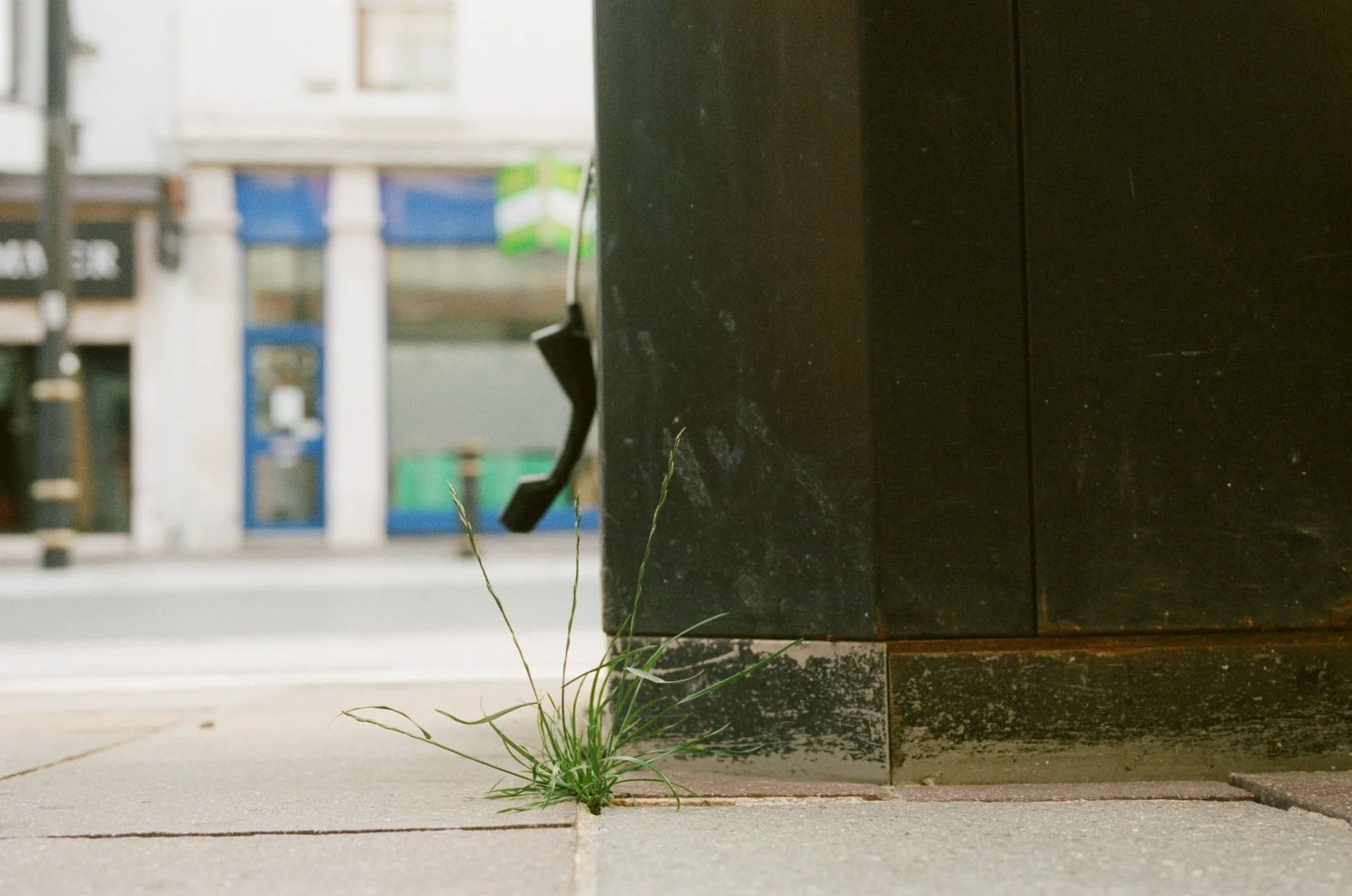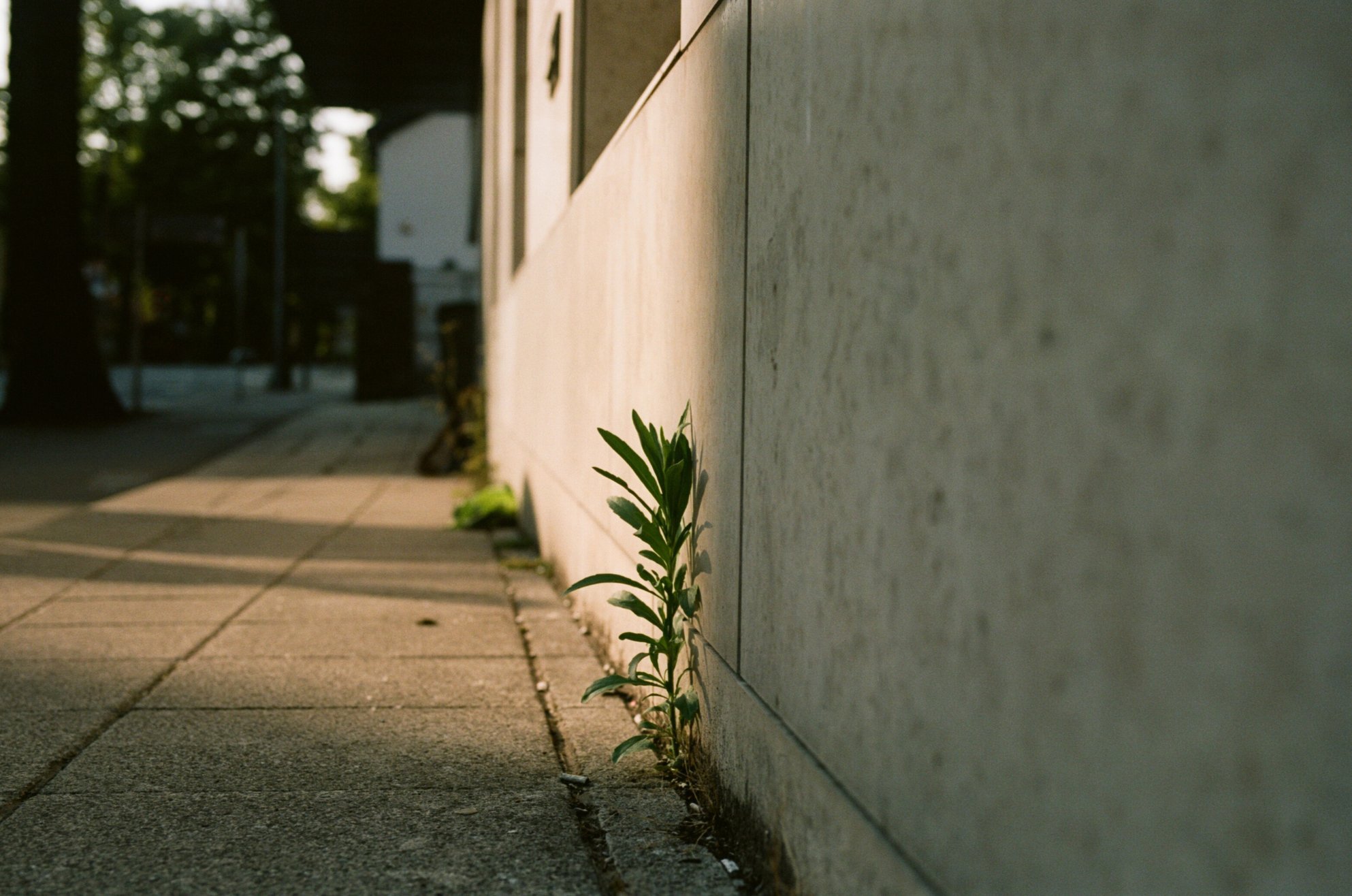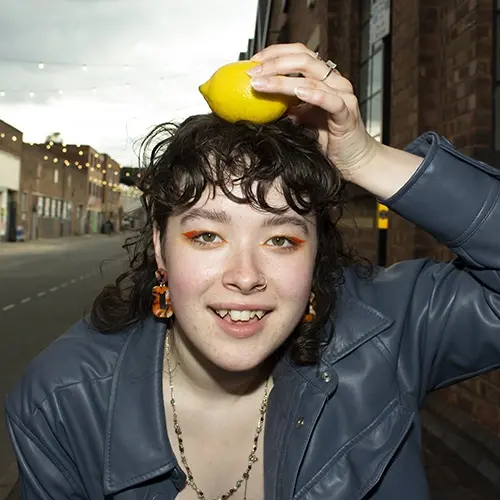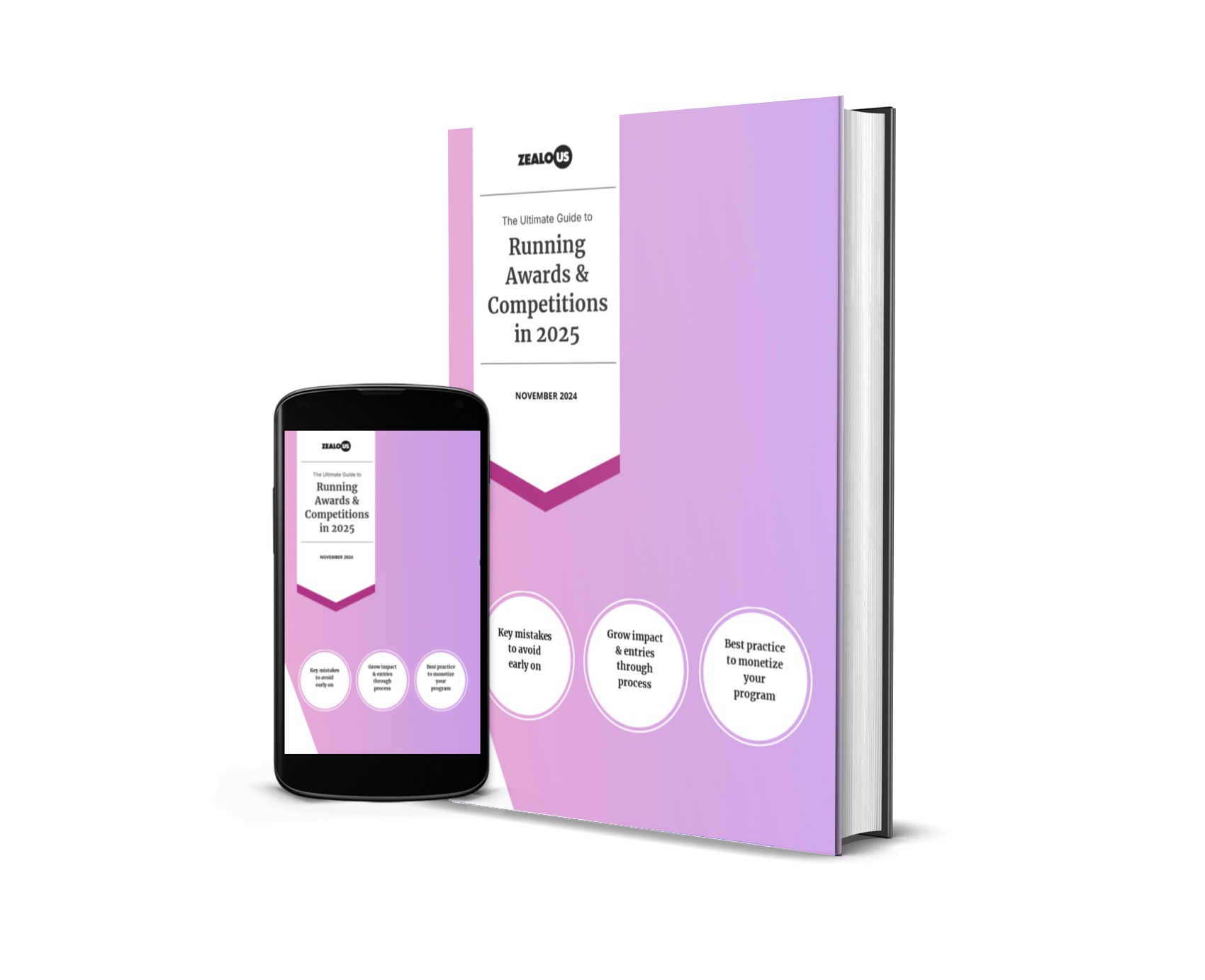Congratulations on coming first place for Zealous Amplify: Environment! What do you see as the aim of your work?
Thanks so much, it was a lovely surprise and I feel very honoured, especially among so many strong artists. It’s wonderful you’ve created this timely award for work about the environment.
At a basic level, perhaps like many of us, I think my aim of making work is probably to communicate. I work across different mediums, so in my visual work this might translate as conveying a way of seeing or understanding. Much of my recent work has explored the relationship between the individual and the natural environment, and I’ve been investigating image-based ways to see and understand it. Within this relationship, broadly, I’m interested in how to hold the uncertainty of our climate future within the realities of the present and past. But I also make work on other themes as well!
Your winning piece ‘Allowed’ resonated with a lot of people and made us rethink the relationship between the urban and natural environments. Where do humans sit within this relationship?
When I started ‘Allowed’, I’d previously been living and working in a rural area, so I came to the urban nature in Cardiff with fresh eyes. I was interested to see if I could find a similar connection to nature in an urban environment as the rural environment I was missing at the time. I began questioning the concept of a weed, as they’d been allowed to grow quite wild in the city without being cut during the pandemic, which is when I began the project. These urban plants and flowers seemed to have new energy, both individually and collectively, and drew me in.
I tried to capture this energy, first in colour and black and white photographs on 35mm, and later by digitally 3D-animating the colour photographs. In doing this – both photography and animation – I was hoping for the plant ecology in the urban environment to become more visible. I was also interested in discovering the variety of plant-life, especially as there’s potential for rich biodiversity in cities and, as urban environments continue to expand, it’s becoming essential to increase it to reverse general biodiversity loss. I learnt there’s a lot humans can do to support nature and wildlife, especially pollinators, in urban spaces including allowing wild growth in parks, gardens, verges and more.
Find the Best
Creative Opportunities
From competitions, to grants, and open calls—
discover opportunities that fuel your creativity.

Do you see creativity as a form of protest?
Yes, I really think it can be, and there are many different types of creativity and many different types of protest. My practice at the moment often seems to embrace complexity, so the work itself may not be a direct call to action though may encourage a deeper or more truthful understanding of a space or situation, whose effect can also be powerful. I think of ‘Allowed’ as quite a nuanced work, for example, but am thrilled if it offers viewers another way of seeing and celebrating wild plants in urban environments, and helps them take action to support nature and wildlife in these spaces.
There is almost a sense of loneliness in ‘Allowed’, like there is no human life around. Do you think this loneliness is a key part of the work?
When I was taking the photographs which became the film, I was concentrating on capturing the wildness, the aliveness, of the plants, often in close-up. So, it became part of my process to photograph plants as the only living beings in these spaces, even in wider shots. This also greatly helped when 3D-animating them later, luckily, as it’d have been much harder with people! If there’s almost a sense of loneliness, I therefore think it’s as a by-product of the plants being the focus, thematically and literally, of the work. In a way, each animated image re-frames its own section of urban space with plants instead of humans at the forefront. On a very practical note, there was also less human life around, and many fewer vehicles, when I started the project, as it was the pandemic and a lot of people were still working from home.

Is there anything you are currently working on?
I’m currently writing and developing short and long-form fiction films, which draw on our relationship with the natural environment in the context of the climate crisis. I’m also in the very early stages of a long-term project as part of my Future Wales Fellowship, a climate change research programme, looking into our internal/unspoken relationship with nature. As well as those, I’m in the process of completing two collaborative projects – one film, and one poetry. These last two are not directly linked to the natural environment, but nature is making its presence felt in the work…
What is your top sustainability tip you would like to share?
Keeping with the theme of wild urban plants, I really like seed bombs. I made a sustainable living installation of ‘Allowed’ with Cardiff-based arts organisation tactileBOSCH in a city centre window, and grew plants from seed bombs which I rewilded afterwards. You can plant them – or throw them! – in your garden. Or, equally, you can make a bee-haven with a few seed bombs in a pot with peat-free compost, even if you don’t have a garden. I use ones containing British wildflower seeds in local clay. You can buy them or make your own – there are lots of easy instructions online. They love rainwater!
You can find more of Zillah’s work on her website and Instagram.
Let us know you want us to write more content like this with a love!
Share
Authors








